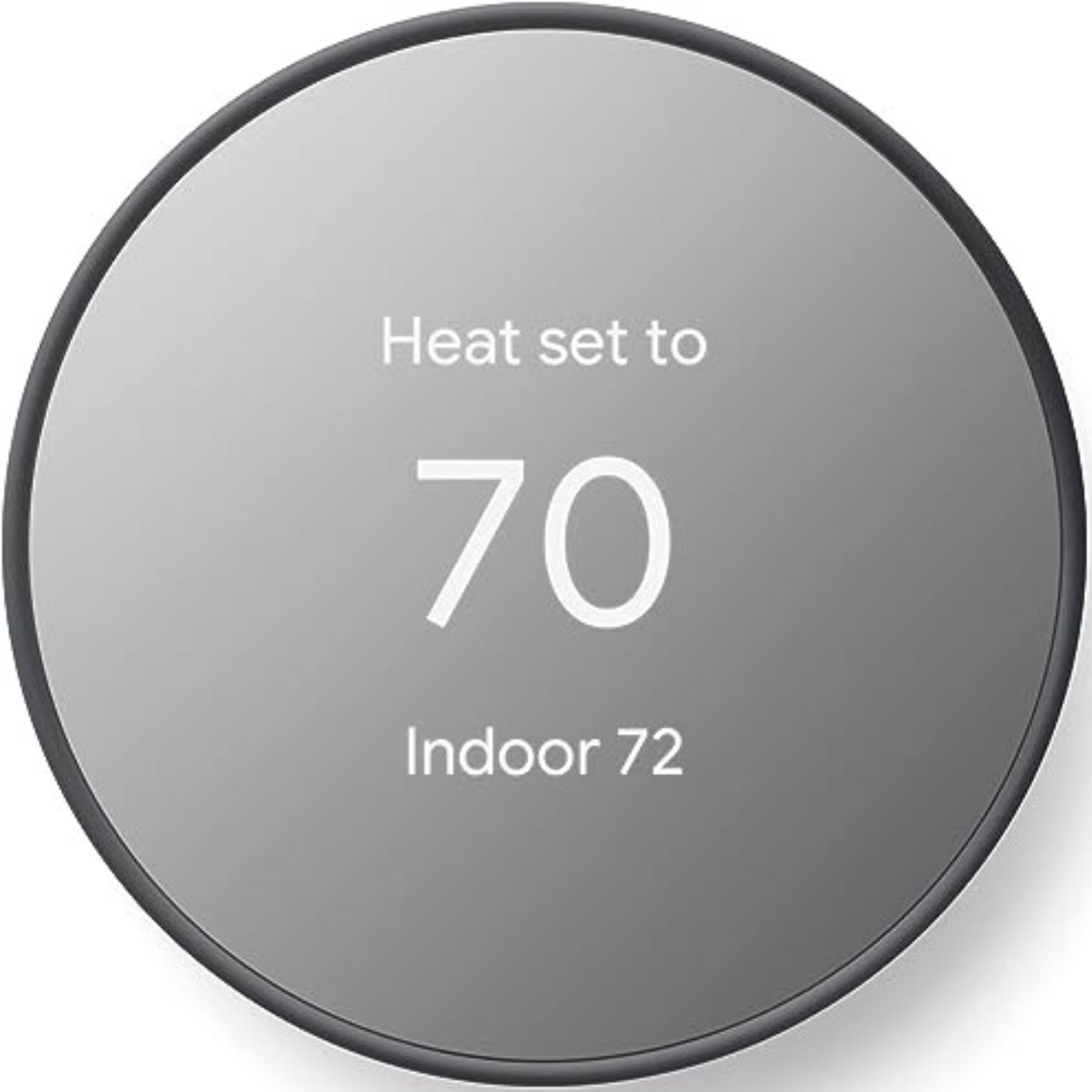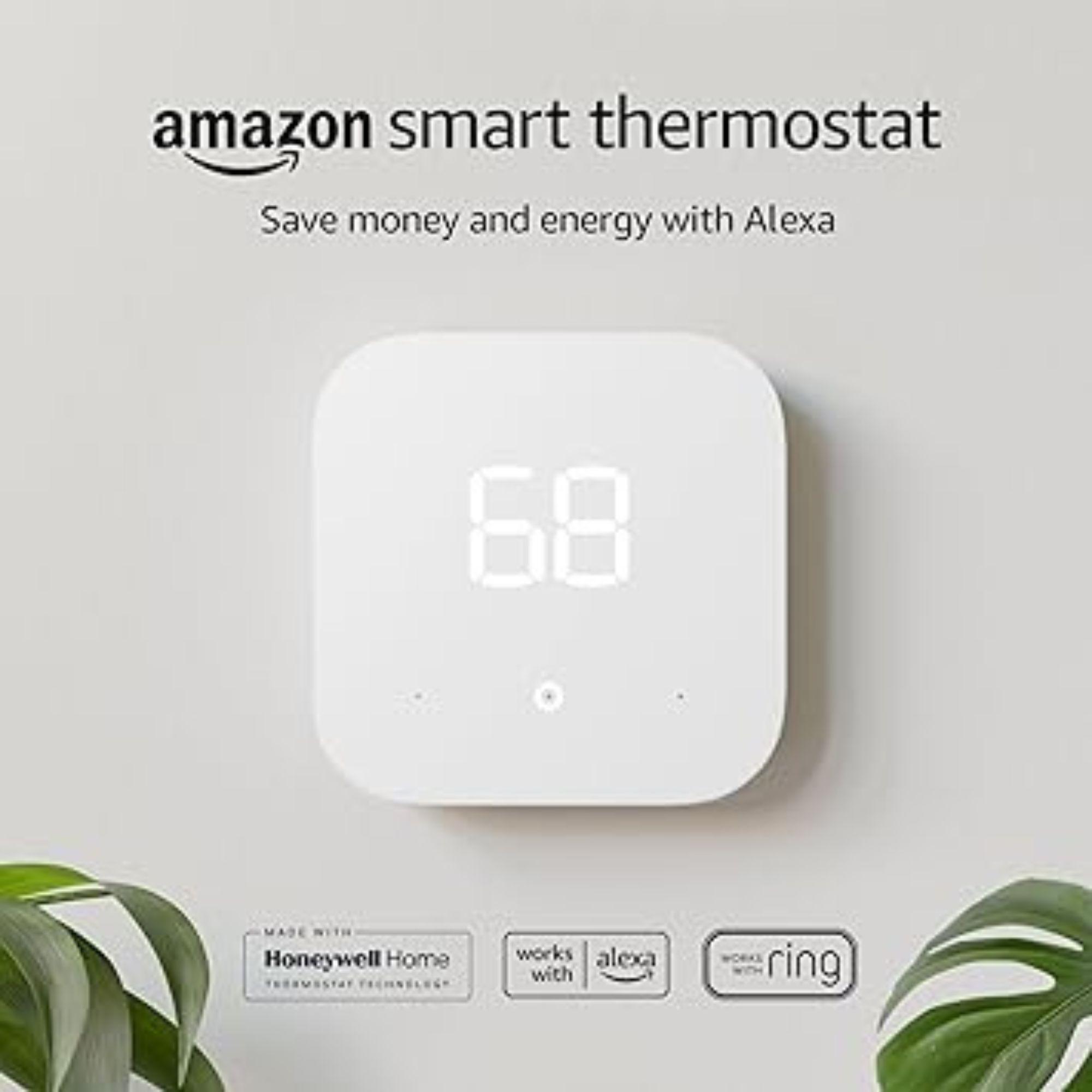5 common reasons your thermostat isn't working – and how to fix it
These five common thermostat problems make heating your home ten times harder – here’s how to fix them


Your thermostat is arguably the most important component of heating your home. It controls everything, from the temperature to when your furnace powers up.
To make your heating more efficient, it is therefore essential to keep your thermostat in top condition, especially in the coldest winter months – or it could have detrimental effects on your property.
These are the five most common reasons your thermostat isn't working, and how to fix it, according to seasoned HVAC technicians.
Common thermostat problems
If you have been wondering why your house is so cold even with heating, try some of these quick fixes for broken thermostats.

1. Your thermostat isn't turning on
If your thermostat is not responding at all, it may simply need new batteries, suggests Josh Mitchell, HVAC expert and owner of Air Conditioner Lab. Hard-wired thermostats may have been tripped, so check your home’s electric panel and circuit breakers too, he adds. ‘Flipping the breaker back on might fix the issue.’

Josh Mitchell is, a plumbing expert and HVAC technician and the owner of Air Conditioner Lab and Plumbing Lab. As a dedicated HVAC enthusiast, Josh Mitchell is your go-to source for all things related to home heating, ventilation, and air conditioning.
2. Your furnace isn't turning on at all
If your thermostat is turning on but your furnace isn't, it can be for a few reasons Rick Sun, HVAC technician with Green Leaf Air. Most commonly, this is a result of poor connections between the thermostat and the boiler or furnace, he explains.
This can also result in erratic behavior from your thermostat. Examine the wiring for any loose or corroded connections, tightening screws and ensuring wires are securely attached to the terminals,’ he recommends.
Design expertise in your inbox – from inspiring decorating ideas and beautiful celebrity homes to practical gardening advice and shopping round-ups.
If your connections are okay, then it could be a simple thermostat mistake in that your thermostat is not compatible with your home heating type, Rick continues. ‘Older thermostats may not be compatible with modern HVAC systems, leading to issues. Consider upgrading to a newer thermostat model compatible with your heating and cooling system.’
3. Your temperature reading is inaccurate
When trying to keep a house warm all day, it can be infuriating when your thermostat clicks off too early. A bad temperature reading is most likely because you don't know where a thermostat should be placed, reveals David Clark, founder of HVAC Laboratory.
‘Thermostats placed near heat sources, in direct sunlight, or drafty areas can give inaccurate temperature readings,’ he shares.
If your thermostat is staying on continuously, and you still feel cold, then it might not be an issue with your thermostat at all but your home’s insulation. When trying to keep a poorly insulated home warm, be sure to use some draft-proofing tips and keep internal doors closed to help keep heat trapped in rooms to save money on your bills and heat your home more evenly.
4. Your heating flicks on and off
If your thermostat is well connected, powered, and in a good spot away from heat sources in your home, but your heating keeps turning on and off erratically, your thermostat is likely dirty and needs a good clean so that the probe can do its job, says Josh Mitchell, HVAC expert.
‘You can carefully clean it with a soft brush, avoid water or cleaning sprays as these can damage the components,’ he recommends. ‘Also, make sure your thermostat is set straight on the wall, as being crooked can mess with its workings,’ he adds.
5. Incorrect programming
One of the most common heating mistakes making your house colder is not setting your thermostat up correctly in the first place. The fix is simple – address the user manual and ensure you set the best temperature for a thermostat in winter to balance keeping warm with saving money at home, urges HVAC expert, David Clark.
FAQs
How do you reset an unresponsive thermostat?
If your thermostat has stopped working, particularly a digital thermostat, then a common solution is to turn it off, leave it for at least 30 seconds, and turn it back on again. This can help to reboot the system and stop any glitches that may have left it unresponsive.
How do you check if a thermostat is working?
To check your thermostat is working, turn it on to heating and turn up the temperature. If the furnace does not turn on and begins making a sound, then there is a fault somewhere in the system. If the furnace does respond, then the connections are fine and everything is in working order.
Sometimes, repairs don't quite do enough to get a thermostat back up and running – be it that your thermostat is old or simply incompatible with a new heating system, continues David Clark, HVAC expert:
‘If a thermostat experiences frequent malfunctions despite troubleshooting efforts, it might be more cost-effective to replace it rather than repeatedly repairing it,’ he begins. ‘Upgrading to a programmable or smart thermostat can enhance energy efficiency, providing better control over heating and cooling systems and potentially cutting energy bills, making the cost of replacing a thermostat worth it.’

Chiana has been at Homes & Gardens for two years and is our resident 'queen' of non-toxic living. She spends most of her time producing content for the Solved section of the website, helping readers get the most out of their homes through clever decluttering, cleaning, and tidying tips. She was named one of Fixr's top home improvement journalists in 2024.


